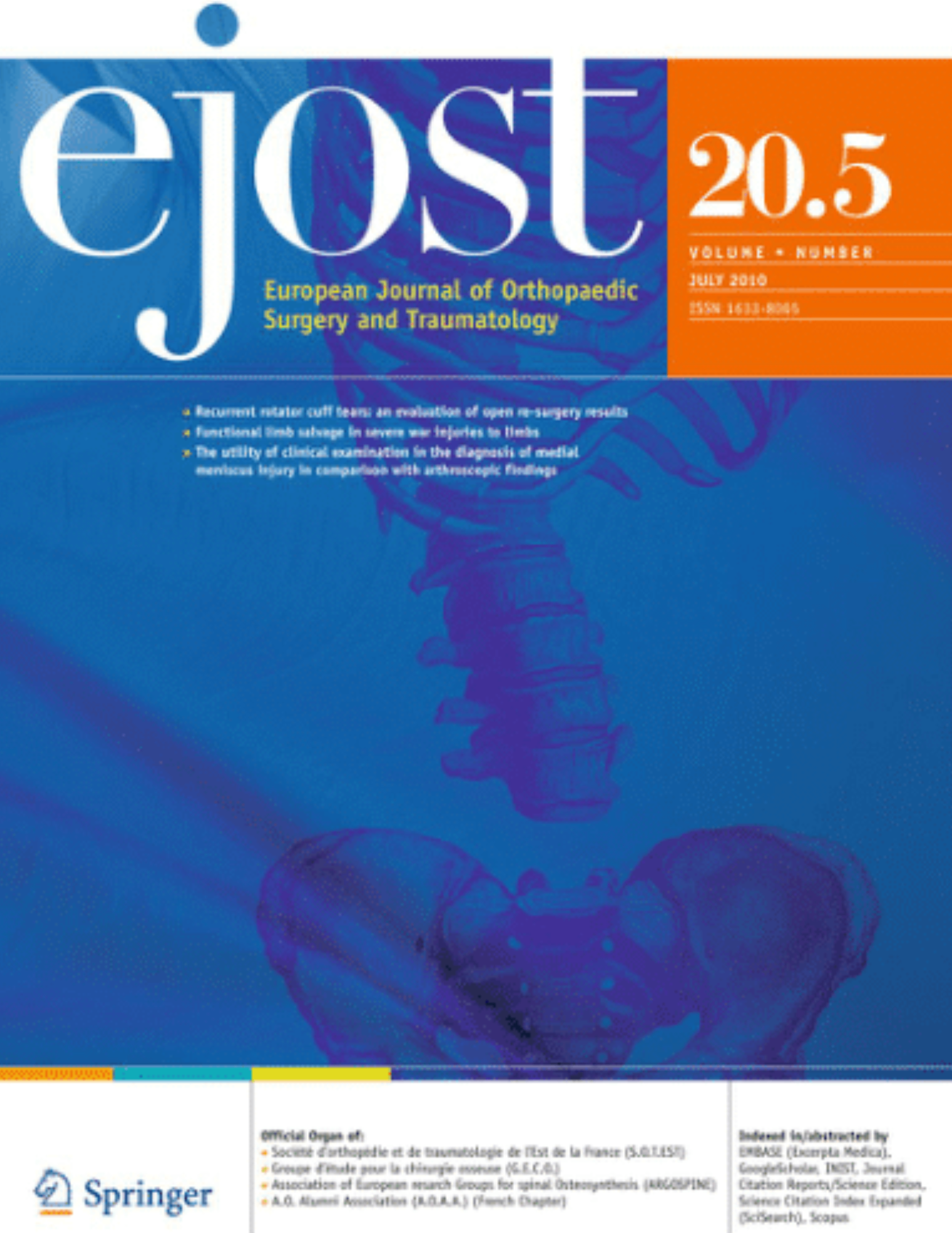
Anteromedial vs. transtibial femoral tunnel drilling techniques in arthroscopic ACL reconstruction

Anteromedial vs. transtibial femoral tunnel drilling techniques in arthroscopic ACL reconstruction
Femoral tunnel position in chronic anterior cruciate ligament rupture reconstruction: randomized controlled trial comparing anatomic, biomechanical and clinical outcomes
Eur J Orthop Surg Traumatol. 2019 Oct;29(7):1501-1509.Synopsis
116 patients with a chronic anterior cruciate ligament (ACL) rupture and scheduled for an arthroscopic ACL reconstruction were randomized to receive preparation of the femoral tunnel via an anteromedial technique or a transtibial technique. Outcomes of interest included anatomical outcomes, bio-mechanical outcomes, the International Knee Documentation Committee (IKDC) subjective score, the Lysholm...
To view the full content, login to your account,
or start your 30-day FREE Trial today.
FREE TRIAL
LOGIN
Forgot Password?
Explore some of our unlocked ACE Reports below!

Learn about our AI Driven
High Impact Search Feature
Our AI driven High Impact metric calculates the impact an article will have by considering both the publishing journal and the content of the article itself. Built using the latest advances in natural language processing, OE High Impact predicts an article’s future number of citations better than impact factor alone.
Continue



 LOGIN
LOGIN

Join the Conversation
Please Login or Join to leave comments.